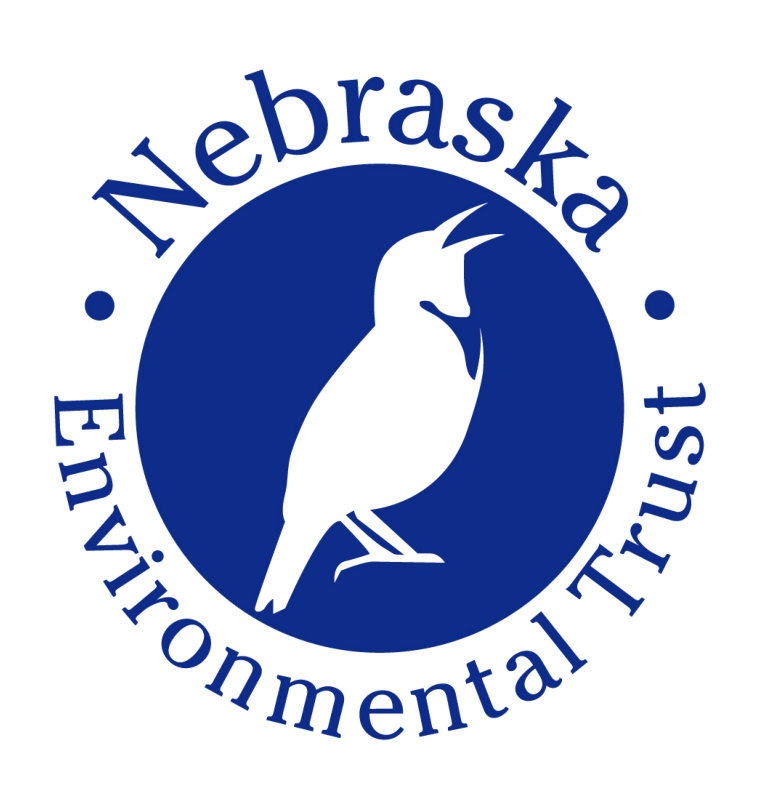Drought Resilience Study on South Loup River
Assessing the drought resilience of the South Loup River.
The focus of this study is to evaluate the drought resilience of the upper and middle South Loup River. Benefits of this study include: improve understanding of the impacts of a multi-year drought on streamflow of the South Loup River, help to determine feasibility and best locations of potential streamflow retiming projects, better manage groundwater impacts while maintaining the ability to irrigate and to provide additional information to determine if current management plans within the upper Soup Loup River basin are sufficient.
Streams in the Loup River basin are sensitive to groundwater withdrawals because of the close hydrologic connection between groundwater and surface water. The Upper Loup and Lower Loup Natural Resources Districts are evaluating management strategies to mitigate low flow periods. In a recently completed study, aerial thermal imagery was used to map springs along the South Loup River. These springs are important hydrologic features that sustain the flow of the South Loup River and its tributaries and could be selected for streamflow retiming to mitigate low flow periods. The ability of these springs to maintain consistent flow over periods of prolonged drought has not yet been studied.
Environmental tracer sampling with supporting geochemical data could be used to estimate the age distribution of water discharging form springs. Older water is more drought resilient. Sampling will focus on springs within Quaternary- and Pliocene-age deposits along the South Loup, and North Fork South Loup River above the stream gage near Pressey Park. Continuous water-quality monitors will be deployed at three selected spring locations to provide additional support to the environmental tracer interpretations. Future groundwater management actions must be tied to studies such as this to conserve, maintain, and protect water supplies, natural environments, and economic vitality for future generations.
Project timeline:
· May 2019 – Equipment installation for real-time water-quality monitoring
- · May 2019 – Begin real-time hydrologic data collection and monitoring within the South Loup River Basin
- · June 2019 – Spring reconnaissance and site selection for future mapping
- · August 2019- Sampling springs for environmental tracers and supporting geochemical data
- · August 2019 – Sample shipment and laboratory analyses
- · January 2020 – Environmental tracer and geochemical data analysis
- · May 2021 – Report writing and production
http://www.environmentaltrust.org/
